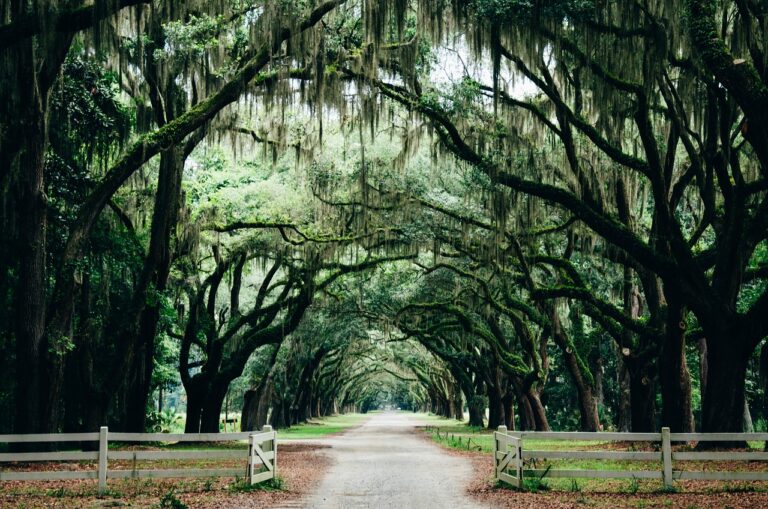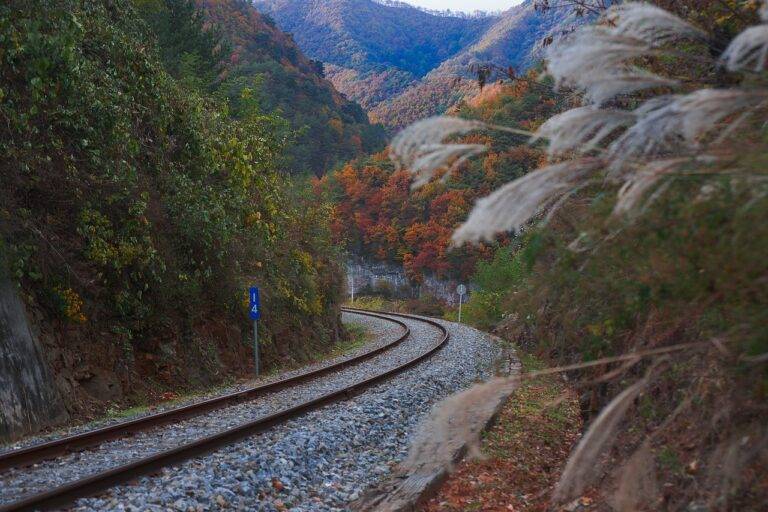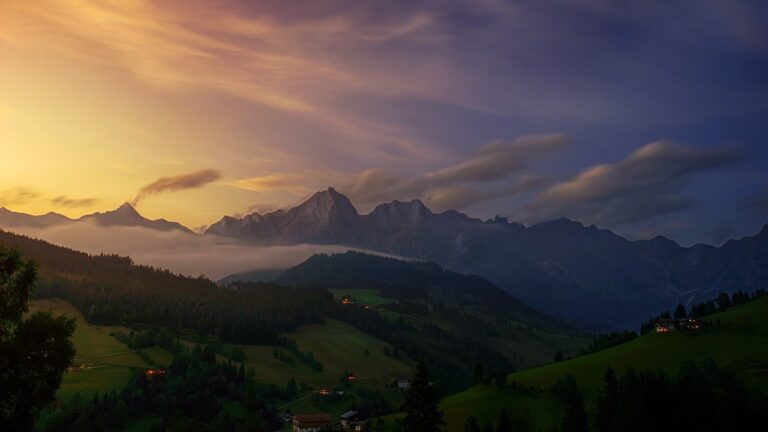Traveling for Wildlife Photography: Capturing Stunning Images of Animals in Their Habitats
Before embarking on your wildlife photography adventure, it’s essential to ensure you have all the necessary gear ready. Start by packing a sturdy camera bag that can safely hold your camera body, multiple lenses, extra batteries, memory cards, and other accessories. Consider a bag that is comfortable to carry for long periods and provides quick access to your equipment when needed.
In addition to your camera gear, don’t forget to pack essential items such as a lens cleaning kit, microfiber cloths, a sturdy tripod for stability, and protection from the elements like a rain cover. Be sure to check the weather forecast for your destination and pack accordingly to ensure your equipment stays safe and functional throughout your photography expedition.
Researching the Best Wildlife Destinations
Researching the best wildlife destinations involves more than just a simple Google search. It’s essential to delve deep into each potential location’s offerings, considering factors such as the types of wildlife present, the best time of year to visit, and the accessibility of the area. By scouring through forums, travel blogs, and official park websites, you can gain valuable insights from seasoned wildlife photographers and enthusiasts who have explored these destinations firsthand.
Additionally, don’t underestimate the power of reaching out to local tour operators and wildlife guides for their expert advice. They can provide insider tips on lesser-known spots that often yield fantastic photographic opportunities. Taking the time to thoroughly research and gather information will not only enhance your overall experience but also increase your chances of capturing stunning wildlife shots that truly stand out.
Choosing the Right Camera Equipment for Wildlife Photography
When it comes to wildlife photography, having the right camera equipment is crucial to capturing those stunning and elusive moments in nature. One of the most important considerations is the type of camera you choose. Opt for a DSLR or mirrorless camera with a fast burst rate to ensure you can capture those quick movements of animals in the wild.
In addition to the camera body, selecting the right lenses is also essential for wildlife photography. A telephoto lens with a long focal length will allow you to zoom in on distant subjects without disturbing them. Consider investing in a telephoto lens with image stabilization to help minimize camera shake and produce sharp, clear images.





